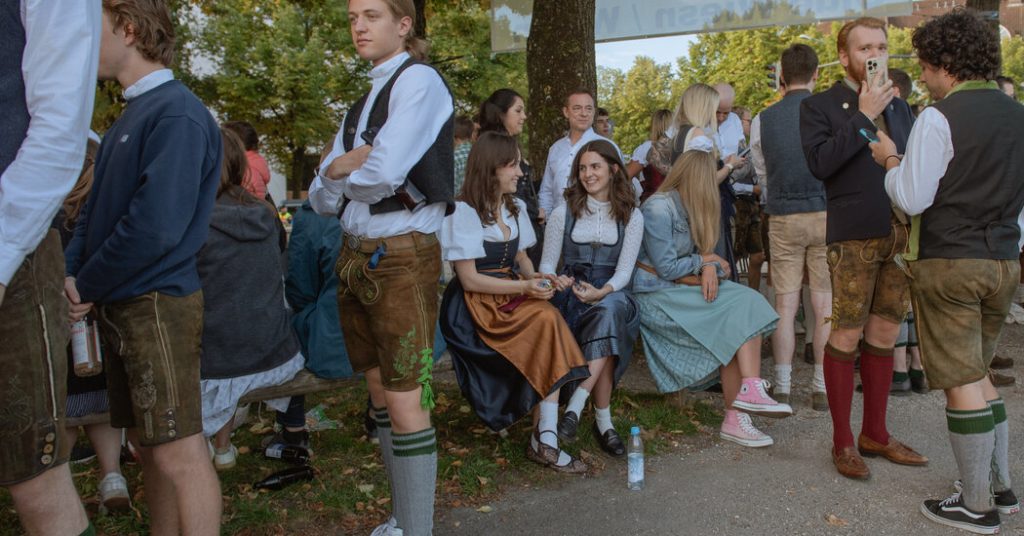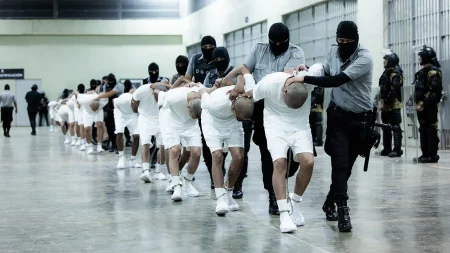Bavarian Fashion Tradition: How Tracht Endures Beyond Oktoberfest
The Cultural Significance of Traditional Bavarian Clothing in Modern Germany
In the rolling hills of Bavaria, where alpine peaks meet lush meadows, a sartorial tradition continues to thrive long after the beer tents of Oktoberfest have closed for the season. Tracht—the traditional Bavarian folk clothing that includes dirndls for women and lederhosen for men—has transcended its historical roots to become an enduring symbol of regional identity and cultural pride in southern Germany. While tourists might don these garments for a fortnight of festivities each autumn, for many Bavarians, these traditional outfits represent something far more significant: a living connection to heritage that adapts to contemporary life while honoring centuries of cultural history.
“We have tradition for all days,” explains Dieter Ganter, whose family has been at the forefront of preserving and evolving Bavarian clothing traditions for generations. Standing in the workshop of Lorenz Ganter, a renowned tailor shop located just north of Munich, Ganter gestures toward skilled artisans meticulously crafting vests and jackets from locally-sourced Bavarian wool. The establishment, founded by his grandfather 80 years ago, represents the delicate balance between honoring tradition and embracing evolution that has allowed tracht to remain relevant in the 21st century. Unlike many cultural customs that fade into museum displays or tourist attractions, Bavarian traditional dress continues to be integrated into everyday life. Locals regularly wear these garments while bird hunting in the countryside, attending celebrations at the local biergarten, or simply gathering with friends and family for important occasions.
The Evolution of Tracht: Adapting Tradition for Contemporary Tastes
What makes Bavarian tracht unique among traditional folk costumes worldwide is its remarkable ability to evolve while maintaining its essential character. “Customers today are drawn to lighter weight, brighter fabrics than just traditional green and brown,” Ganter notes, as he displays a rack of intricately detailed waistcoats featuring contemporary color palettes. This evolution reflects broader changes in fashion sensibilities while preserving the craftsmanship and silhouettes that define authentic tracht. The traditional clothing has undergone subtle transformations over decades, incorporating new materials, adjusting cuts for modern comfort, and embracing a wider range of colors beyond the forest-inspired tones that dominated historical pieces. These adaptations haven’t diminished the cultural significance of the garments—rather, they’ve ensured their continued relevance across generations.
The persistence of tracht in Bavaria stands in stark contrast to the fate of traditional clothing in many other European regions, where such garments have largely been relegated to folklore performances or museum collections. Bavarian traditional dress has avoided this fate through a combination of cultural pride, practical adaptation, and commercial savvy. Manufacturers and tailors like Lorenz Ganter have successfully positioned these garments as premium products that represent both luxury craftsmanship and authentic heritage. A well-made set of lederhosen or a custom dirndl represents a significant investment, often costing hundreds or even thousands of euros. Yet many Bavarians consider this expense worthwhile, viewing their tracht as heirloom pieces to be passed down through generations rather than disposable fashion items. This perspective creates a market that supports the continued existence of specialized craftspeople who maintain traditional techniques while incorporating subtle innovations.
Beyond Tourism: How Tracht Became Embedded in Everyday Bavarian Life
The integration of tracht into contemporary Bavarian life extends far beyond tourist-oriented festivals. Throughout Bavaria, these traditional garments appear at a wide variety of social occasions, functioning as a form of semi-formal attire that bridges the gap between everyday clothing and formal wear. Family celebrations such as baptisms and weddings often feature tracht, as do community gatherings, religious festivals, and sporting events. Even in business settings, particularly in industries connected to Bavarian heritage such as brewing or hospitality, traditional elements may be incorporated into professional attire. This widespread adoption reflects the garments’ symbolic power as markers of regional identity and cultural continuity in an increasingly globalized world.
The persistence of tracht also represents a subtle form of resistance against the homogenizing forces of international fashion. In an era when the same global brands dominate shopping districts from Munich to Milan to Manhattan, wearing traditional Bavarian clothing makes a statement about local identity and cultural sovereignty. Young Bavarians, in particular, have embraced tracht as a way to express regional pride without rejecting modernity. Many alternate seamlessly between international fashion trends and traditional dress depending on the occasion, viewing both as valid forms of self-expression. This cultural flexibility has been crucial to the survival of tracht traditions, allowing them to coexist alongside rather than compete with global fashion. The garments have even inspired contemporary designers, who incorporate elements of traditional Bavarian detailing into modern clothing collections, creating fusion styles that honor heritage while embracing innovation.
The Craftsmanship Behind Authentic Bavarian Tracht
At workshops like Lorenz Ganter, the creation of authentic tracht remains a labor-intensive process that combines traditional techniques with carefully selected materials. Master tailors and seamstresses work with materials ranging from local wools to imported silks, often incorporating hand embroidery and detailed ornamentation that requires dozens of hours of skilled labor. The creation of a single traditional jacket might involve multiple fittings and hundreds of precise hand stitches, resulting in garments designed to last for decades rather than seasons. This approach stands in direct opposition to the fast fashion model that dominates much of the clothing industry, emphasizing quality, durability, and cultural authenticity over rapid turnover and trending styles.
The meticulous craftsmanship extends to every element of traditional Bavarian dress, from the hand-carved horn buttons on men’s lederhosen to the intricate embroidery adorning women’s dirndl bodices. These details not only enhance the aesthetic appeal of the garments but also serve as markers of regional identity, with specific patterns and decorative elements often associated with particular areas within Bavaria. For connoisseurs of tracht, these subtle variations communicate a wealth of information about the wearer’s origins and affiliations. The survival of these regional variations represents another triumph of cultural preservation, maintaining diversity within the broader tradition of Bavarian dress. As global fashion increasingly moves toward mechanized production and standardized designs, the continued existence of these handcrafted variations serves as a powerful reminder of clothing’s potential role as a medium for cultural expression and regional distinction.
Preserving Heritage While Embracing Change: The Future of Bavarian Tracht
As Bavaria continues to navigate the complex currents of globalization, migration, and cultural exchange, the future of tracht remains a subject of ongoing negotiation and adaptation. The challenge for establishments like Lorenz Ganter lies in preserving authentic craftsmanship and cultural significance while remaining responsive to changing customer preferences and lifestyles. This balancing act requires both respect for tradition and willingness to innovate—qualities that have sustained Bavarian cultural practices through centuries of political, economic, and social transformation. The endurance of tracht suggests that cultural traditions need not be static to survive; indeed, their capacity for thoughtful evolution may be key to their longevity.
The story of Bavarian tracht offers valuable insights into how traditional cultural practices can maintain relevance in contemporary society. Rather than treating tradition as a museum artifact to be preserved unchanged, Bavaria has allowed its traditional dress to grow and adapt while retaining its essential character and cultural significance. This approach has transformed what might have become a costume of the past into living heritage that continues to resonate with new generations. As Dieter Ganter observes from his workshop where artisans continue crafting garments using techniques passed down through generations, the secret to keeping tradition alive may lie not in rigid preservation but in thoughtful evolution that honors the past while embracing the future. In the vibrant tracht culture of modern Bavaria, we find a compelling model for cultural sustainability—one that celebrates heritage not as a relic of history but as a living tradition that continues to find meaning in contemporary life.











